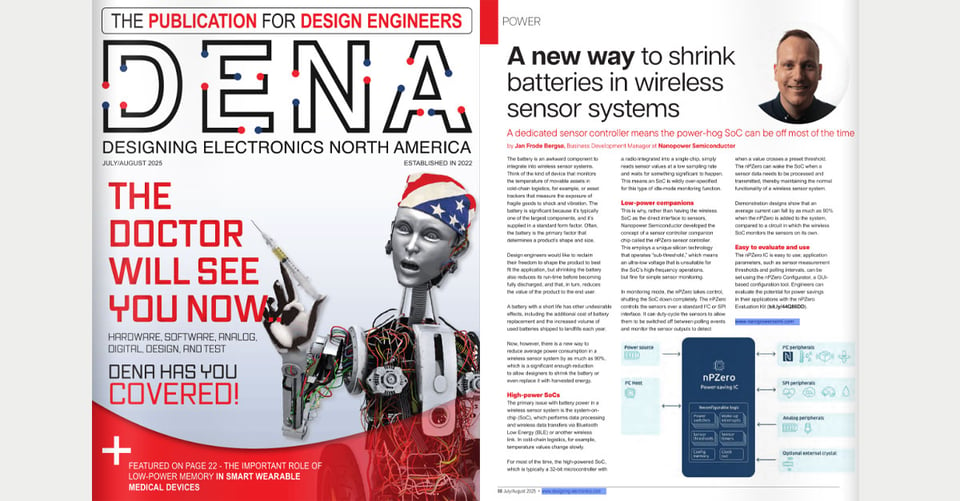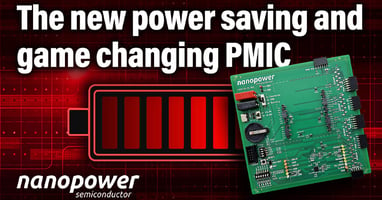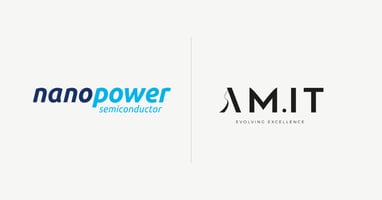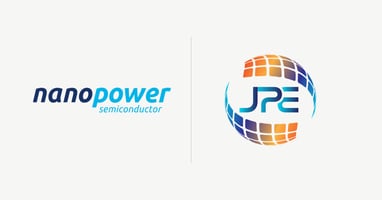Nanopower is excited to share insights from our recent interview with ipXchange, where we...
A New Way to Shrink Batteries in Wireless Sensor Systems — Featured in Designing Electronics North America (DENA)
We’re proud to share that Nanopower Semiconductor is featured in the June/July edition of Designing Electronics North America (DENA).

Photo: Designing Electronics North America
What the Article Covers
The article focuses on a growing challenge in wireless sensor design: batteries are often the largest and most limiting component in form factor, lifetime, and environmental impact. But with Nanopower’s nPZero sensor controller, there’s a new architectural approach.
“A dedicated sensor controller means the more power-hungry SoC can be off most of the time.”
👉 A New Way to Shrink Batteries in Wireless Sensor Systems
📖 Flipbook Edition
Sensor Companion Architecture
Rather than having a high-powered wireless SoC (e.g. BLE SoC) constantly polling sensors, nPZero offloads the idle-mode sensing. It communicates with sensors over I2C or SPI, monitors values, and wakes the SoC only when something meaningful happens.
Key points from the article:
-
🧠 nPZero operates in subthreshold — enabling ultra-low voltage, nanowatt-level operation
-
🔌 It duty-cycles the sensors, turning them off between polling events
-
⚡ Demonstrated to reduce system average current by up to 90%
-
🛠 Configurable through a GUI tool: the nPZero Configurator
-
🧪 Evaluation made simple with the nPZero DevKit
Why It Matters
By reducing system power consumption this dramatically, engineers can:
-
🔋 Shrink the battery
-
🌞 Replace it with energy harvesting
-
🧩 Regain mechanical freedom in product design
-
🌱 Reduce cost and environmental impact over time
This shifts the way developers think about wireless sensor system design, especially for cold chain logistics, asset tracking, and remote monitoring, where power budgets are tight and replacements costly.
Thank you to Designing Electronics North America for highlighting how sensor controller innovation can drive real-world impact. And to all engineers building smarter, longer-lasting systems — we’re excited to help power what’s next.
EIC Accelerator funding
Nanopower development is part-funded by the EU’s European Innovation Council.



